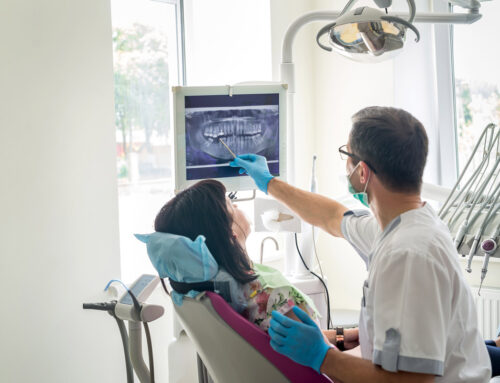Orthodontic treatment can do a fair amount in terms of jaw alignment, but sometimes skeletal adjustments are necessary and your orthodontist will require that you undergo orthodontic surgery, also known as corrective jaw surgery. The combination of [link url=https://www.bhicksortho.com/treatments-ortho-surgery.php/] orthodontic treatment and orthodontic surgery[/link] can do wonders for your physical appearance, and for long-term dental positioning and skeletal harmony.rnrnTypically, four stages are involved when it comes to orthodontic surgery: treatment planning, pre-surgical orthodontics, surgery, and postsurgical orthodontics. The process typically takes 18-42 months and involves the restructuring of the jaw. Overall, there are five categories of orthodontic surgery: facial and/or dental aesthetics, functional occlusion, periodontal heath, and stability. rnrnTreatment Planning and Pre-Surgical PhasesrnrnThe treatment planning and pre-surgical phases are critical to a successful outcome, and you will have already spoken extensively with your orthodontist about specific jaw alignment techniques and goals that will need to be undertaken prior to surgery. Realize that sometimes the pre-surgical treatment may make the conditions appear worse, and pre-surgical jaw alignment and treatment is very different from standard orthodontic treatment. Your orthodontist is aiming to prepare your face and your jaw in a way that will maximize results during surgery. rnrnThe Day and Night Before Your Orthodontic SurgeryrnrnOrganizing transportation to and from the orthodontistÂÂ’s clinic is essential, especially since you may feel nervous before, and you will likely still feel the effects of anesthesia afterwards. You will also need to fast for at least 8 hours prior to the surgical procedure. rnrnPreparing for Initial RecoveryrnrnThe initial recovery phase lasts around 48 hours, after which long-term recovery will begin. Swelling and soreness can be expected during the initial recovery, and this is a time that you will need to rest. Subsequent healing can take a few weeks or as long as a month depending on the extent of your surgery, and your orthodontist will let you know what to expect.rnrnIf, at any time, you have questions or need additional guidance or information, call your orthodontist’s office. Corrective jaw surgery is a long-term undertaking, and you will want to be sure to remain informed through every phase of this transformational process.




